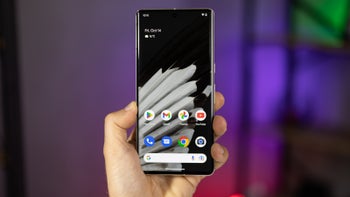Samsung Gear Live and LG G Watch teardown: Snapdragon 400 confirmed, but might be limited to just one core

The LG G Watch
The difference comes in the looks: the G Watch has the slightly larger, 1.65” LCD display, while the Gear Live comes with a negligibly smaller, 1.63” display of the AMOLED kind. This does not tell you the whole story, though - it certainly does not reveal anything about what’s under the hood.
The Snapdragon 400 in these watches seems limited to running on just one CPU core
Recent reviews, however, suggest that the reason for using this seemingly too powerful chip, might not be purely performance. Speculations run that this could be the easiest chip to integrate, as it could have been use by Google for reference models.More interestingly, chances are that it is also not only downclocked, but limited to running just one of the cores. A command shell run of AnTuTu on the watches supports this thesis, as the benchmark yields identical results for single- and mulit-core performance, something that makes sense if only one of the cores were working, and the others remained idle.
The Samsung Gear Live is based on absolutely identical silicon powers, but looks very differently - more compact under the hood. See all the chips it packs below.
source: AnandTech













Things that are NOT allowed: